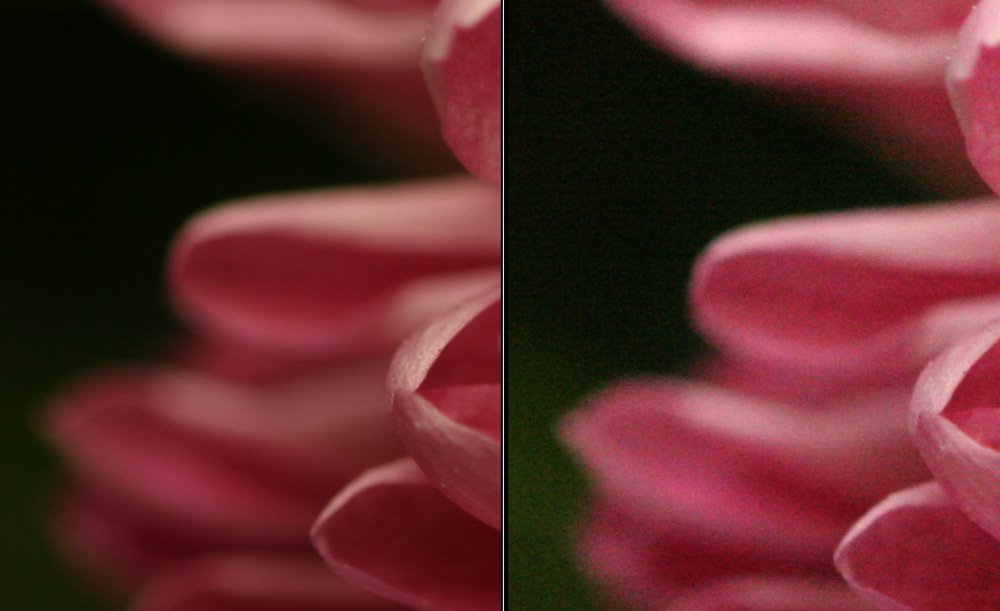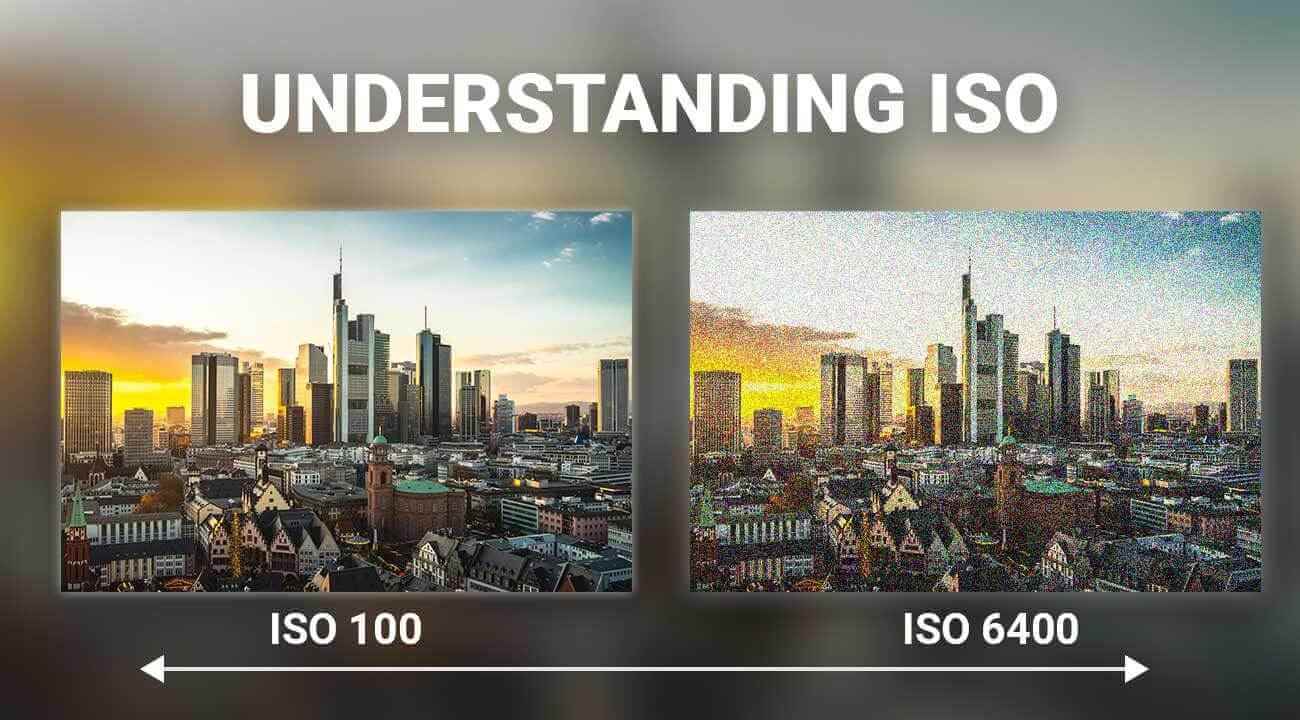Definition Of Iso Photography
Definition Of Iso Photography - Understanding the basics of photography is essential if you want to capture stunning images. While shutter speed and aperture may be the two most common settings that you’ll hear about, ISO is equally important. It’s a setting that controls the camera’s sensitivity to light, and it plays a vital role in creating a well-exposed photo. In this post, we’ll take a closer look at what ISO is, how it affects your photos, and give you some tips and tricks to use it effectively.
What is ISO?
ISO
stands for International Standards Organization, and in photography, ISO refers to the sensitivity of your camera’s sensor to light. The lower the ISO number, the less sensitive the sensor is to light. So, an ISO of 100 is less sensitive than an ISO of 800. However, the higher the ISO, the more grainy and digital noise your photo will have. This is why it’s important to choose the right ISO setting for the situation you’re shooting in.

ISO Photography Basics
When you’re starting out with photography, it can be challenging to understand how ISO works. In simple terms, the higher the ISO number, the more sensitive your camera will be to light. So, if you’re shooting in low light or want to capture fast-moving action, you’ll need to choose a higher ISO setting to ensure your photos are properly exposed. However, if you’re shooting in bright daylight or using a tripod, you’ll want to use a lower ISO to avoid digital noise and a grainy appearance in your photos.
Understanding the Different ISO Settings
ISO Settings
ISO settings are usually labeled in increments of 100, such as 100, 200, 400, 800, and so on. While these numbers may seem arbitrary, they actually represent the way that your camera adjusts its sensitivity to light. A lower number represents a less sensitive sensor, while a higher number represents a more sensitive one. This means that an ISO of 100 will require more light to create a well-exposed photo than an ISO of 800, for example.

Tips for Using ISO
ISO Tips
While the right ISO setting will depend on the situation you’re shooting in, there are some general tips to keep in mind to help you use ISO effectively.
- Use low ISO in bright light: If you’re shooting in bright daylight or have plenty of light available, use a low ISO of 100-200 to avoid digital noise in your photos.
- Use high ISO in low light: If you’re shooting in low light or indoors, you’ll need to use a higher ISO of 800 or more to ensure your photos are properly exposed.
- Beware of digital noise: A higher ISO setting can create digital noise and a grainy appearance in your photos. Try to use the lowest ISO setting possible to avoid this.
- Experiment with ISO: While there are some general guidelines to follow, don’t be afraid to experiment with ISO settings to see what works best for you and the situation you’re shooting in.
How to Adjust ISO on Your Camera
Adjusting ISO
The exact method for adjusting ISO on your camera will vary depending on the model and brand you have. However, most cameras have an ISO button or menu option that allows you to adjust the setting manually. You can also set your camera to automatic ISO, which will adjust the setting based on the lighting conditions. Keep in mind that automatic ISO may not always choose the best setting for the situation, so it’s important to check your photos and adjust the setting as necessary.

Final Thoughts
Conclusion
Understanding ISO is essential if you want to create well-exposed photos that capture the mood and atmosphere of the scene. By choosing the right ISO setting for the situation you’re shooting in, you can avoid digital noise and ensure that your photos are vivid and sharp.
Whether you’re a beginner or a seasoned professional, taking the time to experiment with ISO settings and learn how it affects your photos is an essential part of your photography education. So grab your camera and start shooting!

With these tips and ideas, you'll be able to take great photos that capture the mood and atmosphere of the scene. So, what are you waiting for? Get out there, explore ISO settings and create stunning photos!
Find more articles about Definition Of Iso Photography
Post a Comment for "Definition Of Iso Photography"